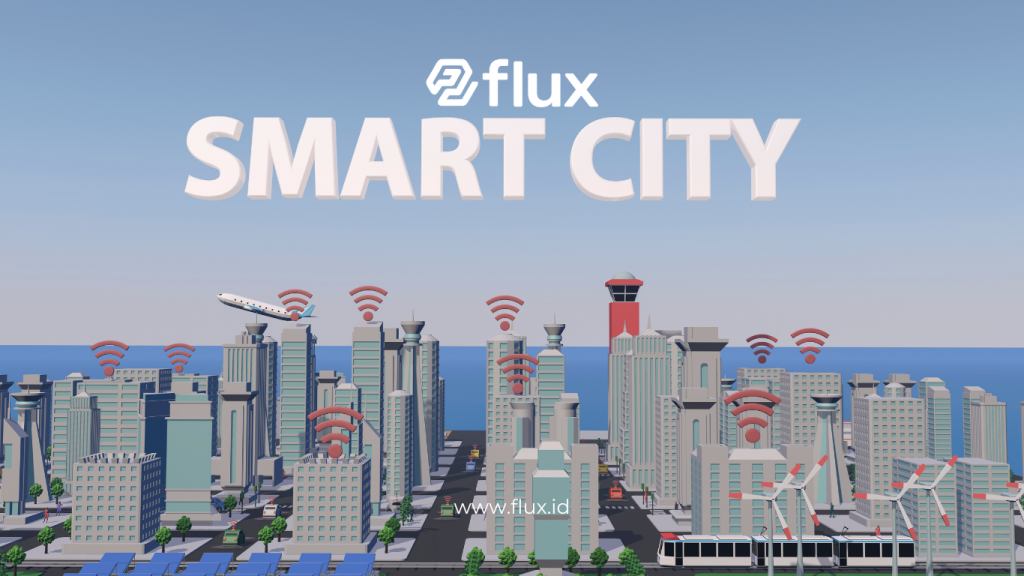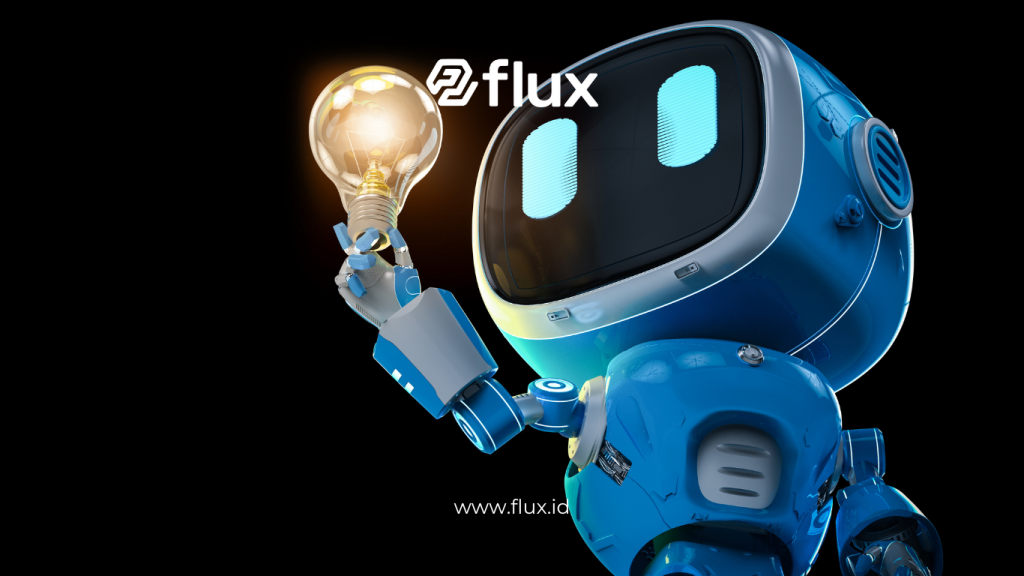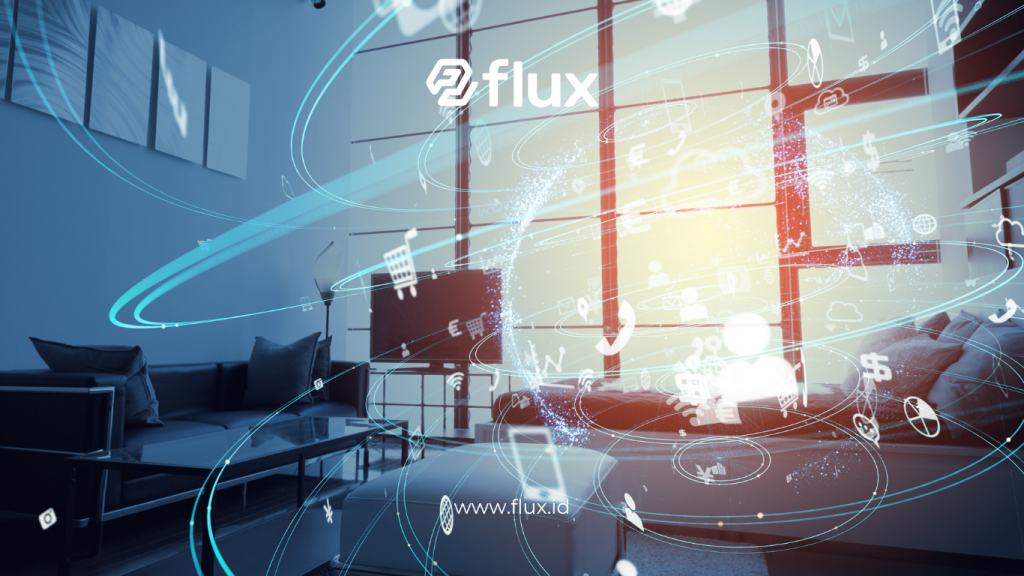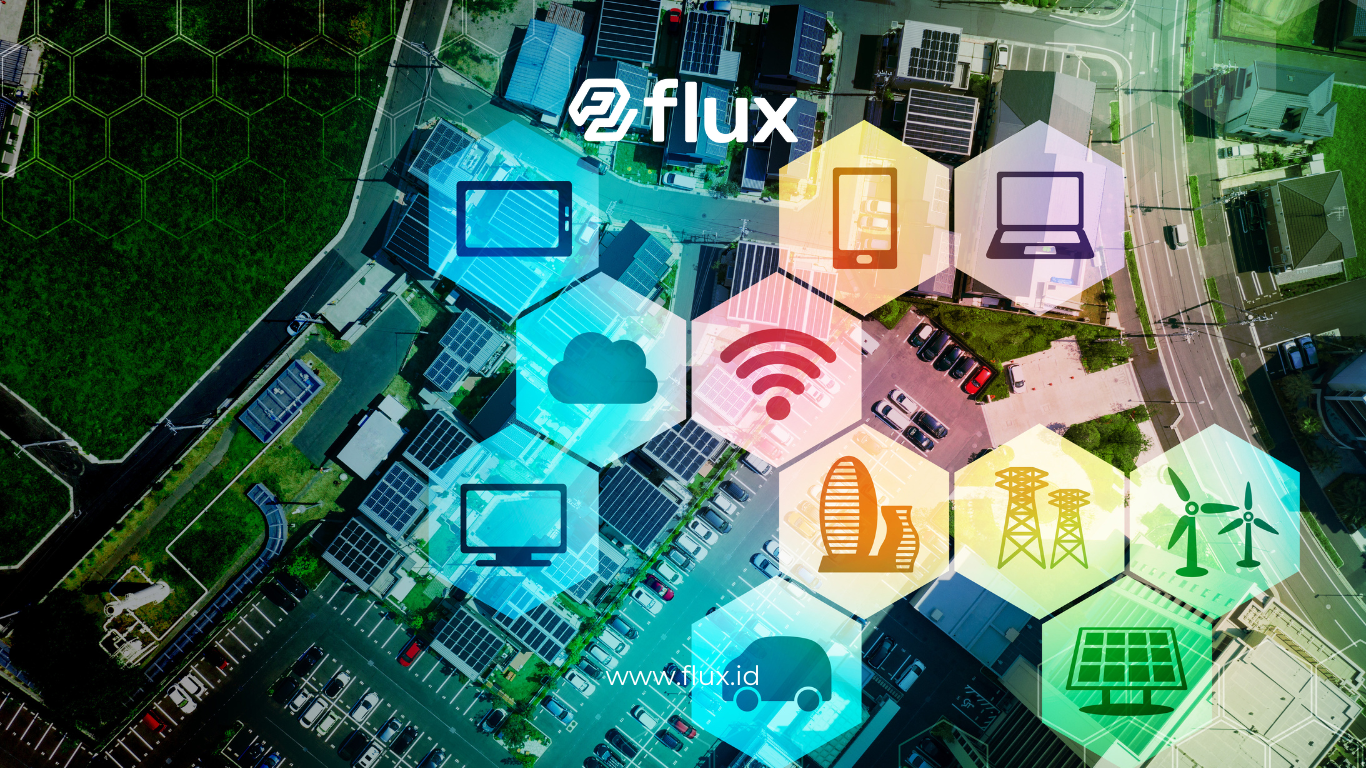Don't miss our holiday offer - 20% OFF!
In the digital era, cities around the world are transforming into smart cities. This concept leverages the Internet of Things (IoT) to create an interconnected and sustainable urban ecosystem. Through IoT, various urban elements such as infrastructure, public services, and transportation can operate automatically, enhancing the quality of life for city residents. This article will explore the role of IoT technology in building smart cities and the benefits it brings to society and the environment.
Contents
What is a Smart City?

Read More: Smart City and the Future of Urban Areas: Optimizing Infrastructure with Smart Technology
A smart city is an urban development concept that integrates information and communication technology (ICT), including IoT, to optimize public services, improve quality of life, and support environmental sustainability. The goal of a smart city is not only to introduce new technology but also to ensure that all urban elements are interconnected and work in synergy.
The Role of IoT Technology in Smart City Development

Read More: Guide to Building a Smart City: Digital Transformation for a More Efficient City
IoT technology plays a crucial role in building smart cities by connecting various devices through the internet. Here are some primary IoT applications in smart cities:
1. Traffic and Transportation Management
IoT enables real-time traffic monitoring through sensors and cameras placed on streets. This data can help regulate traffic automatically, reduce congestion, and optimize public transportation routes. Additionally, IoT supports smart parking systems that provide information about vacant parking spaces through an app.
2. Efficient Energy Management
Efficient energy use is one of the main goals of a smart city. IoT can help optimize energy consumption through smart grids that monitor and adjust energy use automatically. Smart streetlights, for example, can brighten or dim based on the presence of vehicles or pedestrians, thus conserving energy.
3. Waste and City Cleanliness Management
With IoT, waste management can be enhanced by monitoring the capacity of trash bins and ensuring waste collection is done promptly. This reduces costs and improves city cleanliness management efficiency.
4. City Security and Surveillance
Smart security systems, such as IoT-based surveillance cameras, can help authorities monitor city security more effectively. Using AI and data analytics, these systems can detect suspicious behavior and quickly notify security personnel.
5. Air Quality and Environmental Monitoring
IoT sensors can monitor air quality and pollution in the city. With the collected data, the government can take necessary actions to improve environmental quality and public health.
6. Smart Buildings and Infrastructure
IoT is also applied in constructing smart buildings that can control energy use, temperature, and security automatically, supporting the development of more efficient and eco-friendly infrastructure.
Benefits of IoT Implementation in Smart Cities

Read More: How Smart Trash Sensors Work in a Smart City: Optimizing Waste Management with IoT Technology
Implementing IoT in smart cities provides various benefits, including:
- Operational Efficiency: Interconnected systems enable cost savings and more optimal resource utilization.
- Improved Quality of Life: Residents can experience quicker, safer, and more convenient access to services.
- Reduced Carbon Emissions: Smart energy management and eco-friendly infrastructure help minimize environmental impact.
- Data-Driven Decision Making: Real-time data from IoT enables the government to make informed decisions based on accurate information.
Challenges in Implementing IoT Technology in Smart Cities
Despite offering many benefits, implementing IoT in smart cities faces several challenges, including:
- Data Security and Privacy: With a large amount of data collected, data security and citizen privacy become top priorities.
- Technological Infrastructure Limitations: The availability of stable, wide-ranging network infrastructure is a constraint in some regions.
- High Implementation Costs: Developing a smart city requires significant investment, especially in IoT infrastructure and devices.
- Community Readiness and Regulations: Regulatory support and community awareness are necessary for successful implementation.
IoT Implementation in Various Cities

Several cities around the world have begun adopting the IoT-based smart city concept, such as:
- Singapore: Known as one of the most advanced smart cities, Singapore uses IoT to manage transportation, security, and air quality.
- Barcelona: Applies IoT in energy and water management and has a connected smart parking system.
- New York: Uses IoT sensors to monitor traffic and the environment and implements smart technology in government buildings.
The Future of Smart Cities with IoT Technology
IoT technology in smart cities is projected to continue advancing with technological progress. Some expected trends include:
- AI and Machine Learning Applications: Using artificial intelligence in IoT enables more accurate data predictions and analysis.
- 5G Networks for Better Connectivity: 5G can improve connectivity between devices, optimizing IoT in smart cities.
- Cloud-Based Solutions: Cloud-connected IoT allows for larger data storage and analysis, enhancing city management efficiency.
Conclusion
The application of IoT technology in smart cities paves the way for more efficient, safe, and eco-friendly urban environments. By leveraging IoT, smart cities can provide various benefits for communities, such as energy efficiency, improved security, and faster, more responsive public services. However, challenges related to privacy, costs, and infrastructure need to be addressed effectively. IoT technology offers solutions to create sustainable cities ready to face future challenges, supporting the realization of connected and sustainable cities.





